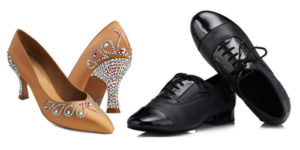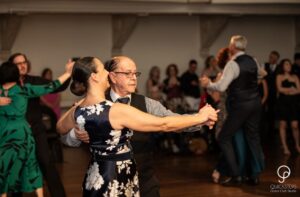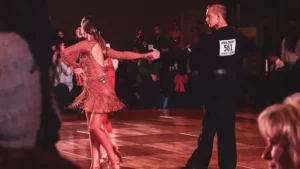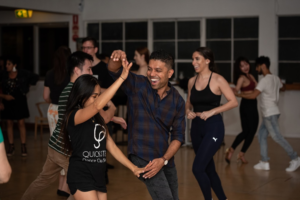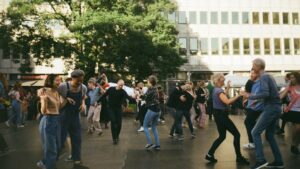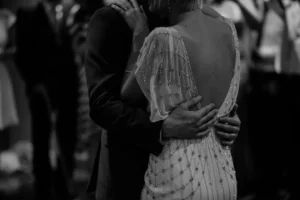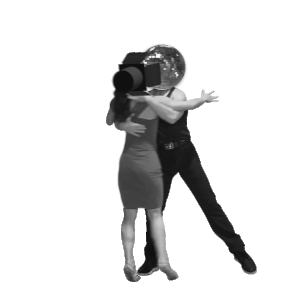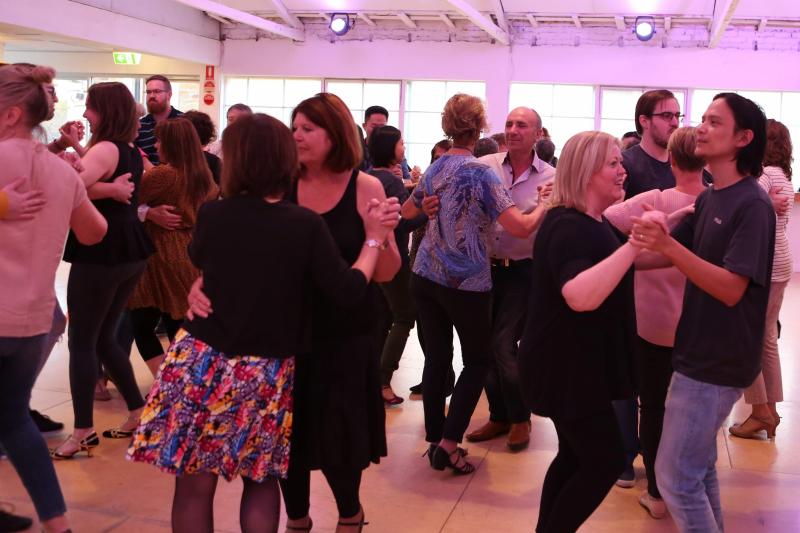
At QuickSteps we strive to make everyone feel as welcome as possible. You can see it in our culture at the studio, the way our new members are treated, and in our mission. That mission, to Create Happiness Through Dance, applies irrespective of cultures, religion, gender, socio-economics, political thought, and all other factors that make every person unique, and so does Community Value #1.
1. Welcome New Members
Our community is built on welcoming people and being friendly. With a smile, we extend a hand, offer a dance, and pull up a chair. We welcome new members no matter their life story.
Recently we’ve started welcoming QuickSteppers who choose not to identify with any specific gender. This blog is about small changes in language that our gender diverse members have told us makes them feel included. It includes a bit of QuickSteps’ journey, and some explanations, and some easy tips you can use when you’re in the studio.
Trying our best and learning
One thing that happens when you’re trying to be as welcoming as you can, is that you learn a lot of things!
A couple of years ago, we learned and realised that the dancing community used ‘leader’ and ‘man’ almost interchangeably and ‘follower’ and ‘woman’ similarly so. But anyone can learn to lead or follow as they like, and indeed it can really improve someone’s dancing to learn both. All our teachers learn and dance both lead and follow regularly.
So we decided to make a small change, and update our language to refer only to leaders and followers, but it was hard to make that change because we were so used to saying ‘ladies and gentlemen’, so we had varying degrees of success. It can be extra challenging when we have a multi-cultural team who don’t share English as a first language!
More recently we revisited it. You can see this in our dance step video pages, where all the language now refers to leaders and followers (except in the videos themselves which will require extensive re-shooting).
Gender Diverse & Gender Queer People
Nearly everyone identifies as either male or female. But some people choose not identify as a ‘man’ or ‘woman’, ‘male’ or ‘female’. For example, some select a gender identify that blends elements of being a man or a woman, or a gender that is different than either male or female. Some people don’t identify with any gender.
People whose gender identity is not male or female use many different terms to describe themselves, with non-binary being one of the most common. Other terms include genderqueer, agender, bigender, and there are many more. None of these terms mean exactly the same thing but all speak to an experience of gender diversity that is not simply male or female.
In Western society non-binary genders have only recently started to be discussed. However in other societies non-binary genders have a rich history including sistergirls and brotherboys in Australian indigenous culture, the bakla in the Philppines, or muxe of Mexico.
Singular Non-Gendered Pronouns
At some point in the future you might meet some QuickSteppers who prefer singular pronouns such as ‘they’ or ‘them’ instead of being referred to by ‘he’, ‘her’, ‘him’ or ‘she’. Using ‘they / them’ pronouns is grammatically correct, and it will have a big positive impact on the person.
Let’s say you meet our new member Jesse*, you introduce yourself and offer your pronouse, and Jesse then tells you their pronouns are ‘they’ and ‘them’. It’s important to note that Jesse could be a man, a woman, both, neither, or something else entirely, pronouns and gender identity don’t necessarily follow suit.
*Jesse is the name we use in training examples and is not a real person!
After our member Jesse tells you they use non-gendered pronouns ‘they’ and ‘them’, then you would not refer to them as ‘he’ or ‘she’. Instead you would say things like;
- “Jesse is a fantastic lead, I think they’ve been practicing with Kevin.”
- “Have you had a dance with Jesse yet?”
- “Yes, I think they’re coming to the dance party.”
“I try to use the right pronouns when people ask, but it’s so hard! I keep messing it up.”
That’s okay! It happens to everyone. It takes time to adjust to new ways of speaking and thinking. If you make a mistake and mis-gender them by using he or she, just apologise, correct yourself, and move on with the convo. Don’t make a big fuss, we all make mistakes. It’s in the same vein as getting someone’s name wrong; everyone feels a little embarrassed, you correct yourself and apologise, and then you make an effort to remember in the future!
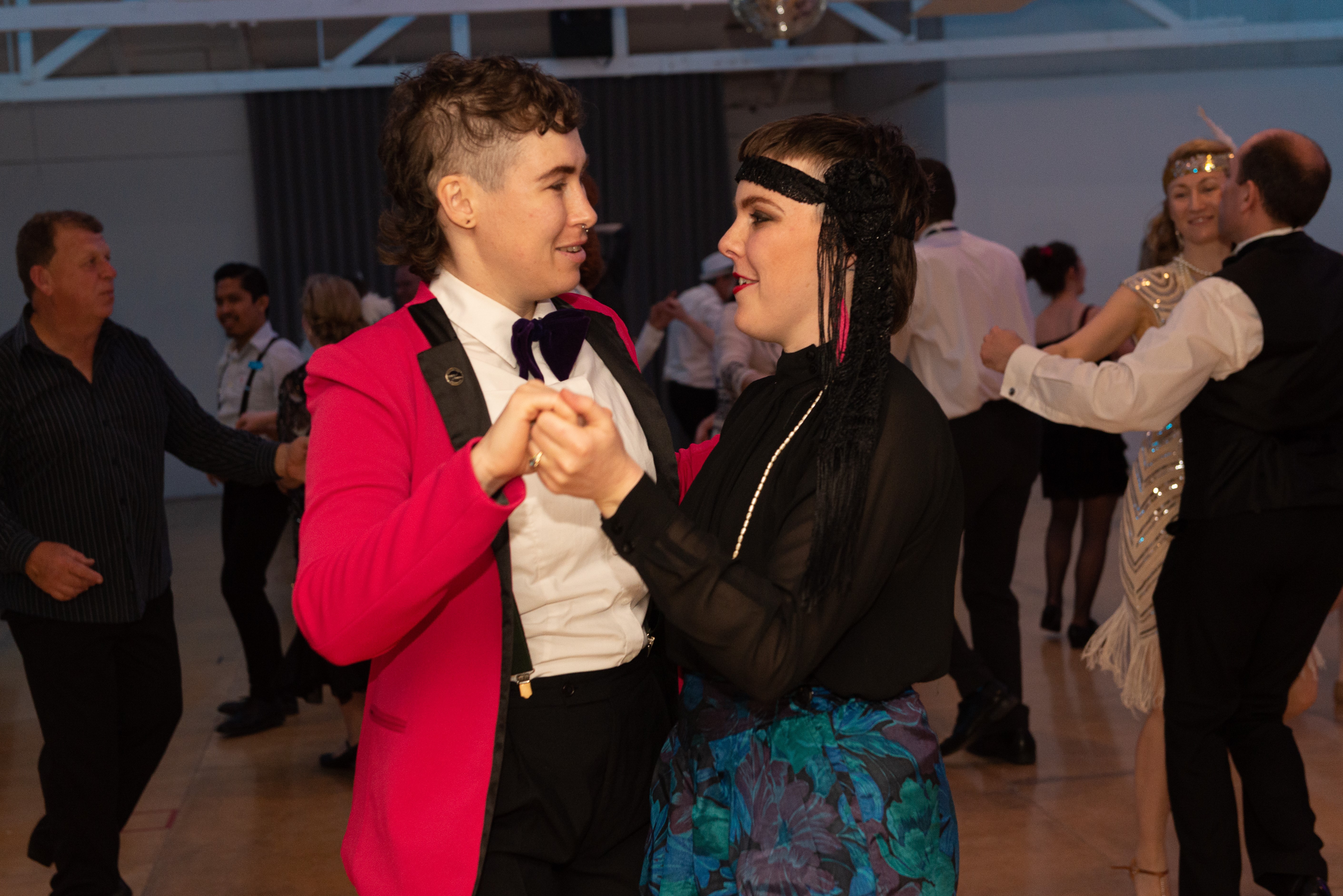
How you can help gender diverse members feel welcome?
- Use the name and pronouns a person asks you to use. This is super helpful and really demonstrates that you respect the person and care about inclusivity.
- Use gender inclusive language. Instead of ‘ladies and gentlemen’ you can use ‘leaders’ and ‘followers. Or ‘Everyone’, ‘Folks’, ‘Y’all’, or ‘Lovely Members’! Feel free to gently remind the teachers if they fall back into established habits.
- Gently update people if they use the wrong pronouns, even if the gender diverse person isn’t there. Just like if they used the wrong name for the person.
- Understand that, for many gender diverse people, figuring out which bathroom to use can be challenging. At QuickSteps we have male and female bathrooms. For many gender diverse people, using either the women’s or the men’s room might feel challenging. At QuickSteps we want them to feel safe, so please support us in making this happen.
I want to thank our wonderful QuickSteppers in advance for the effort you put into expanding your knowledge and understanding so we can provide an environment that is welcoming for all our members!
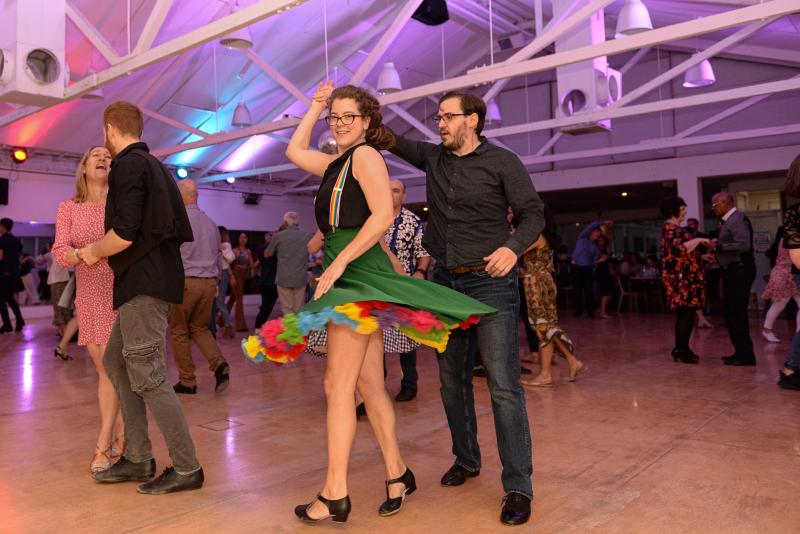
If you want to delve deeper into some reading, here are some sources which QuickSteps has been given by our lovely members:
- https://www.pbs.org/independentlens/content/two-spirits_map-html/
- https://www.mypronouns.org/they-them
- https://www.teenvogue.com/story/they-them-questions-answered
- https://www.theguardian.com/world/2020/jan/14/janelle-monae-non-binary-pronouns-they-them
- https://transequality.org/issues/resources/understanding-non-binary-people-how-to-be-respectful-and-supportive
- https://www.apadivisions.org/division-44/resources/advocacy/non-binary-facts.pdf
- https://mashable.com/article/common-antiqueer-microaggressions-pride-2019/
- https://www.booktopia.com.au/this-book-is-anti-racist-tiffany-jewell/book/9780711245211.html
- https://blogs.scientificamerican.com/voices/stop-using-phony-science-to-justify-transphobia/
- https://www.itspronouncedmetrosexual.com/2018/09/yes-gender-is-a-social-construction-no-that-doesnt-mean-its-not-real/

